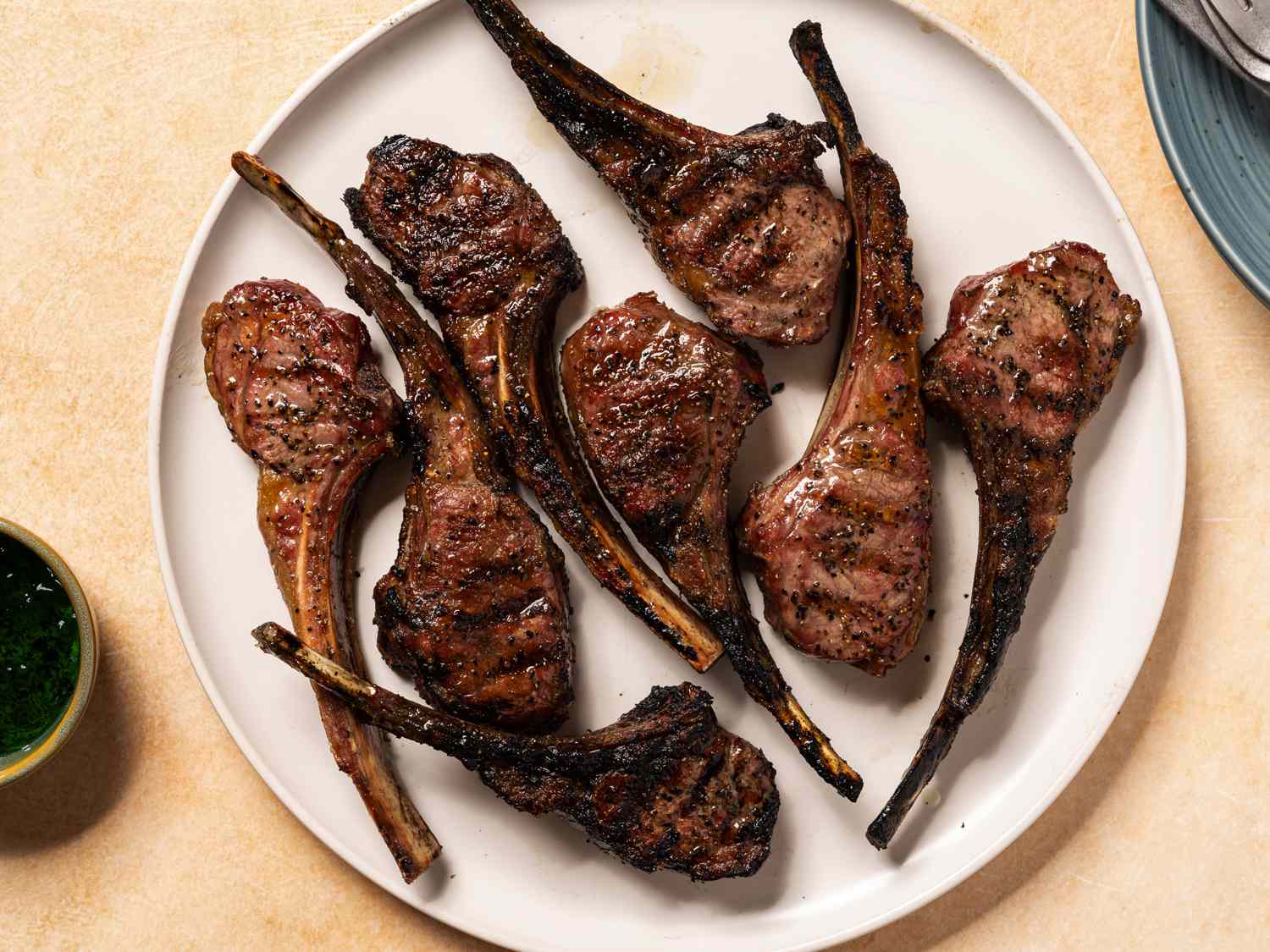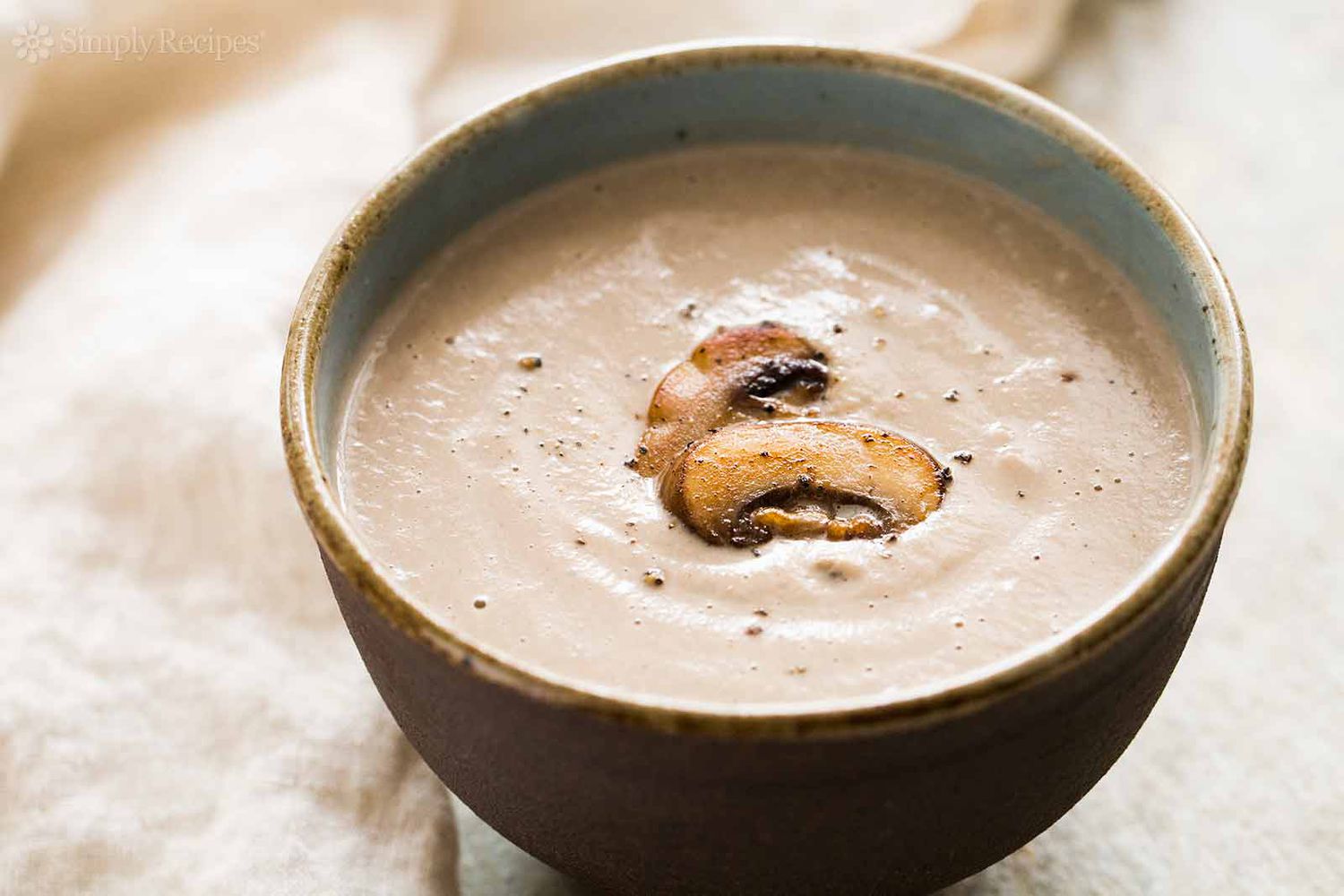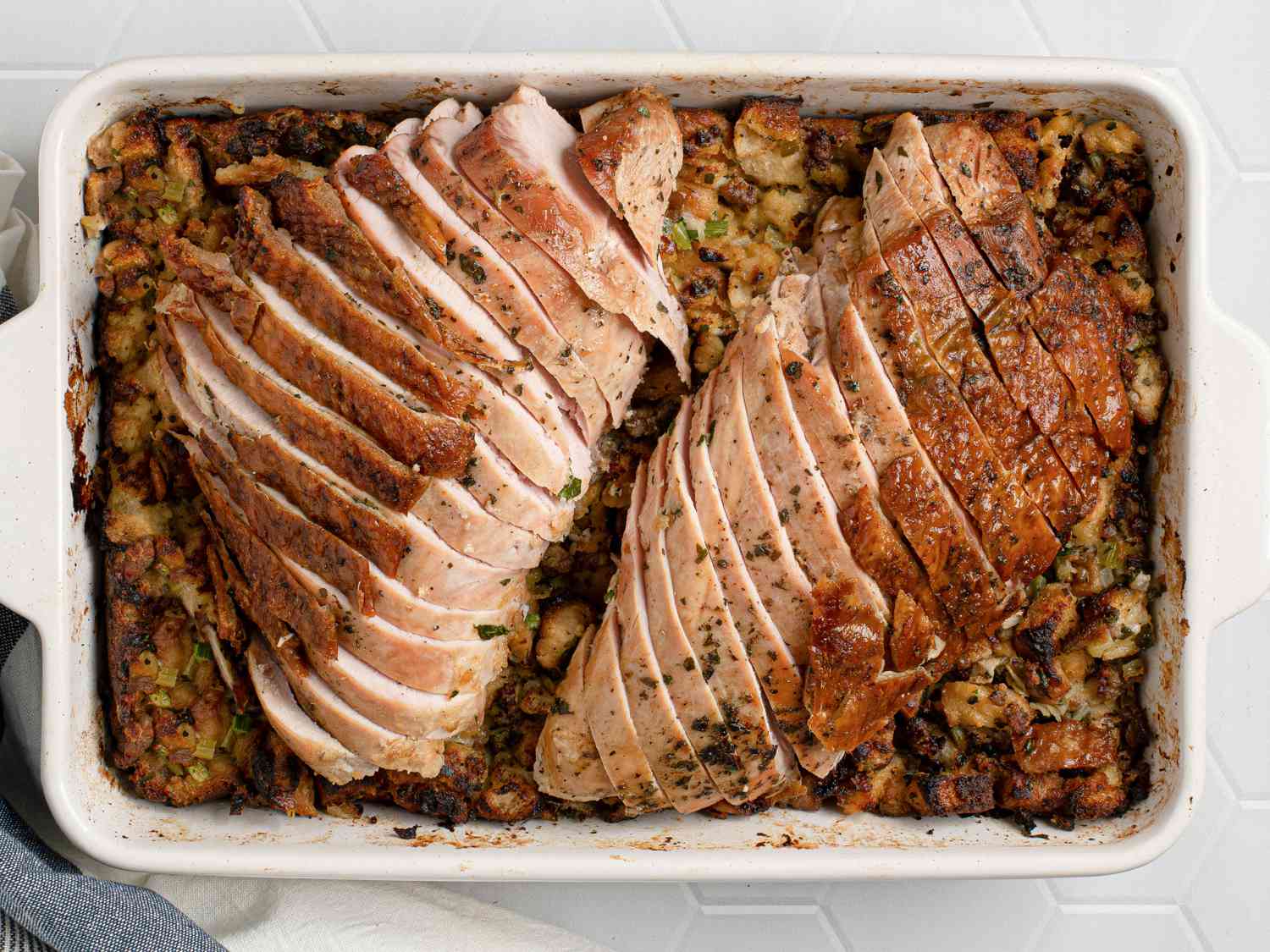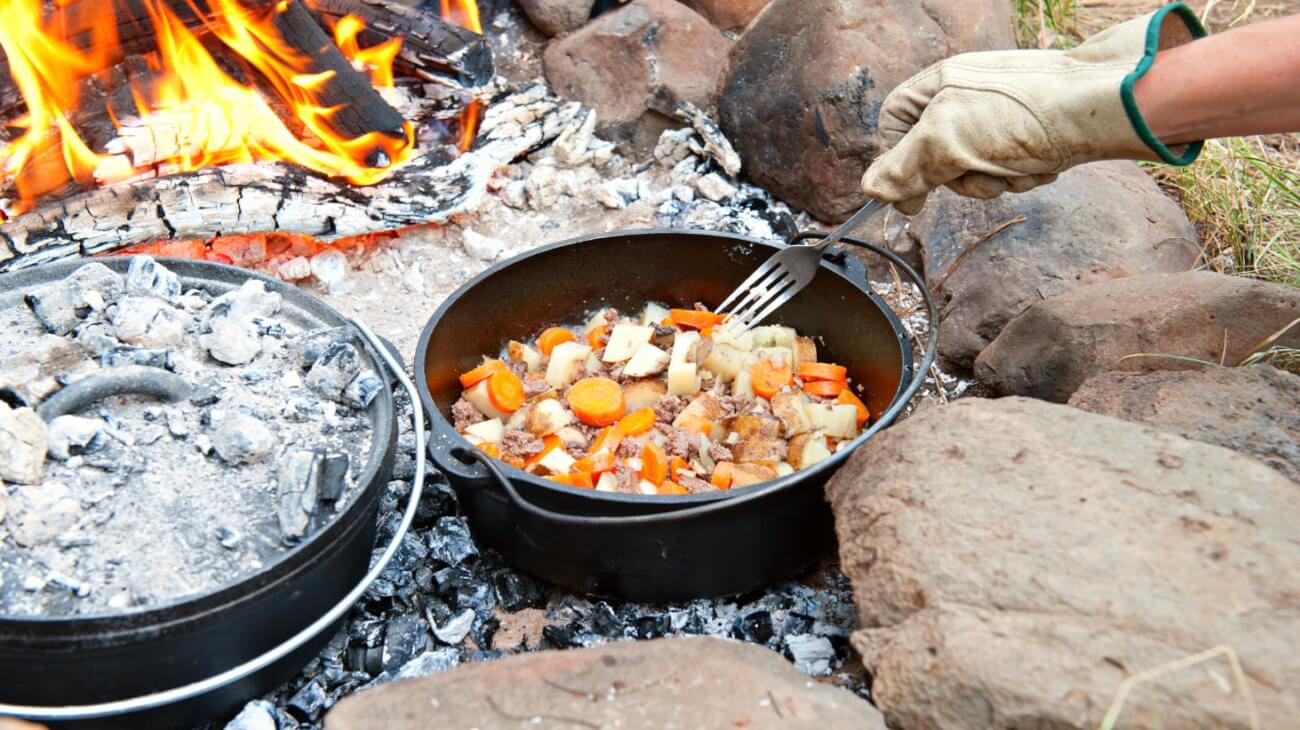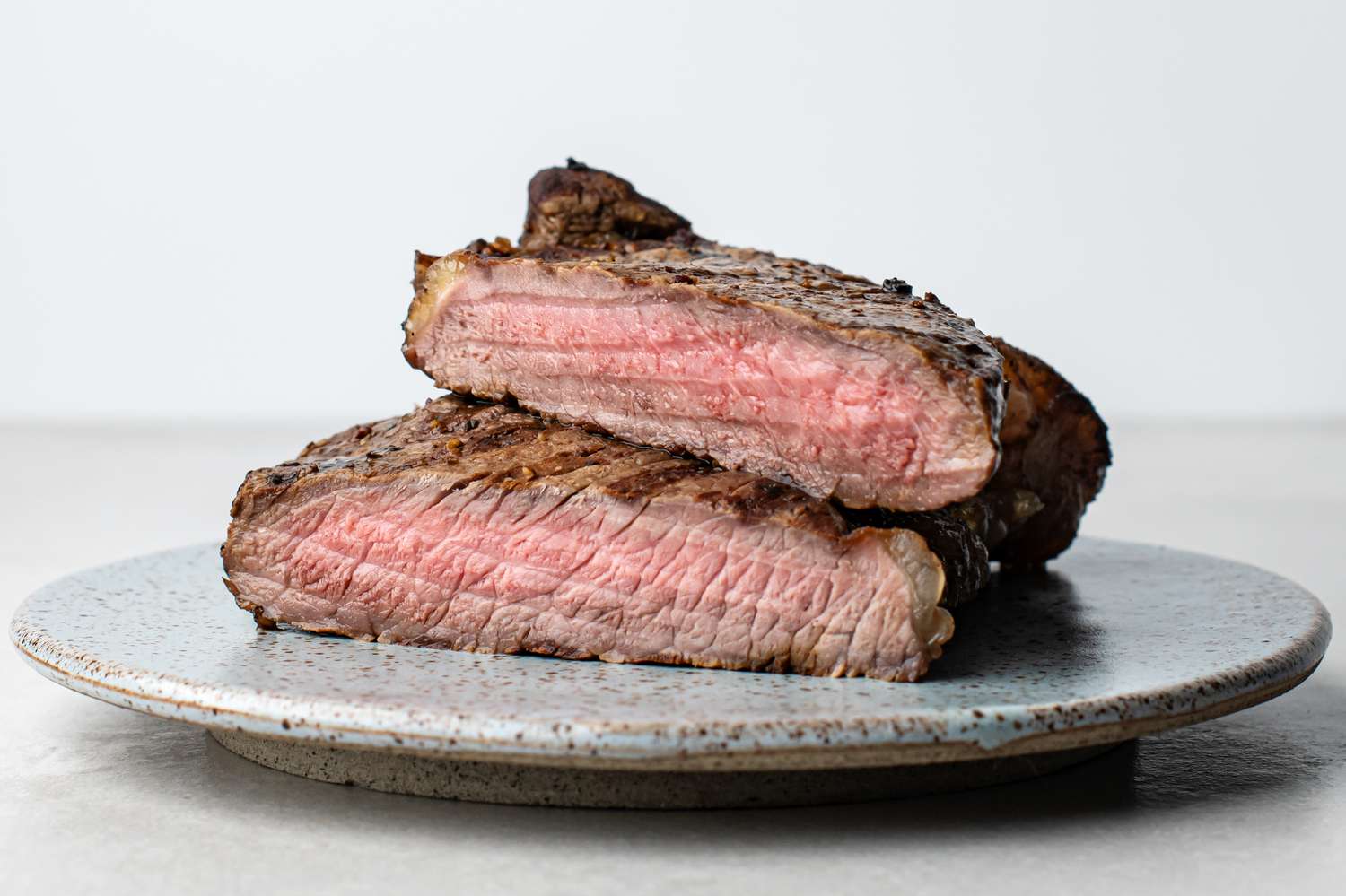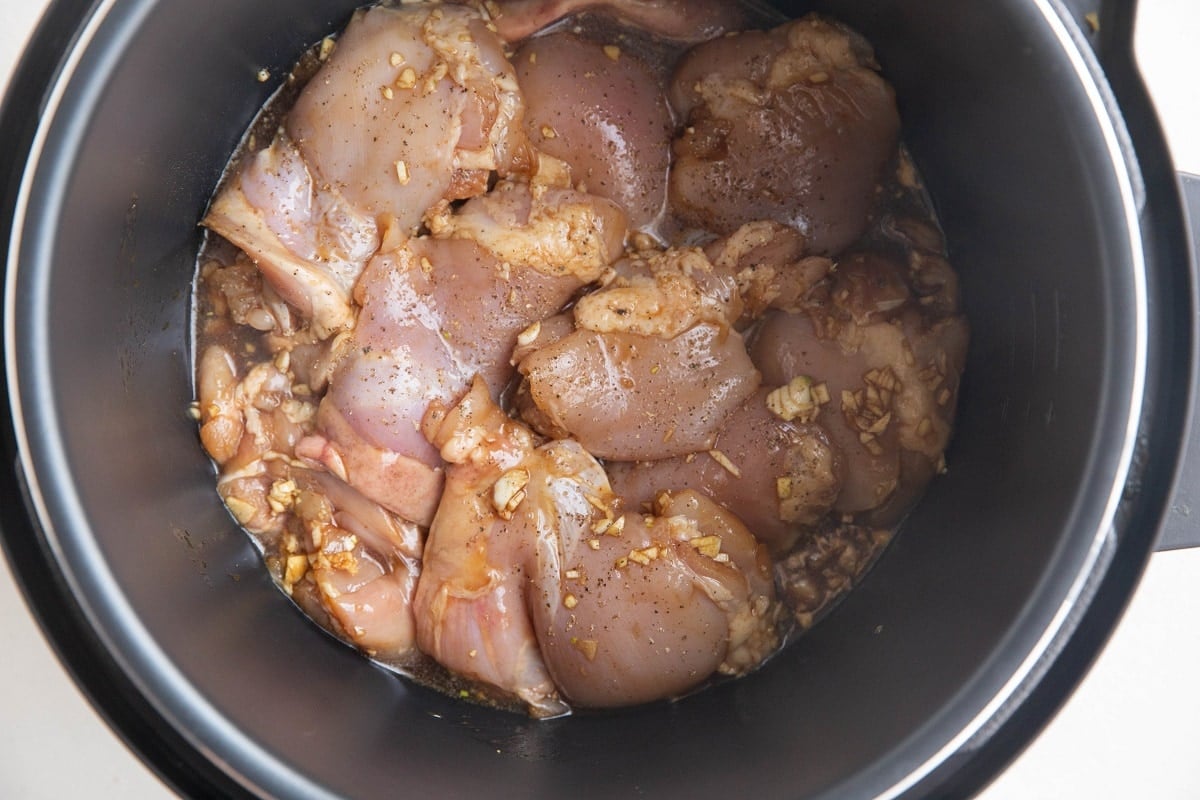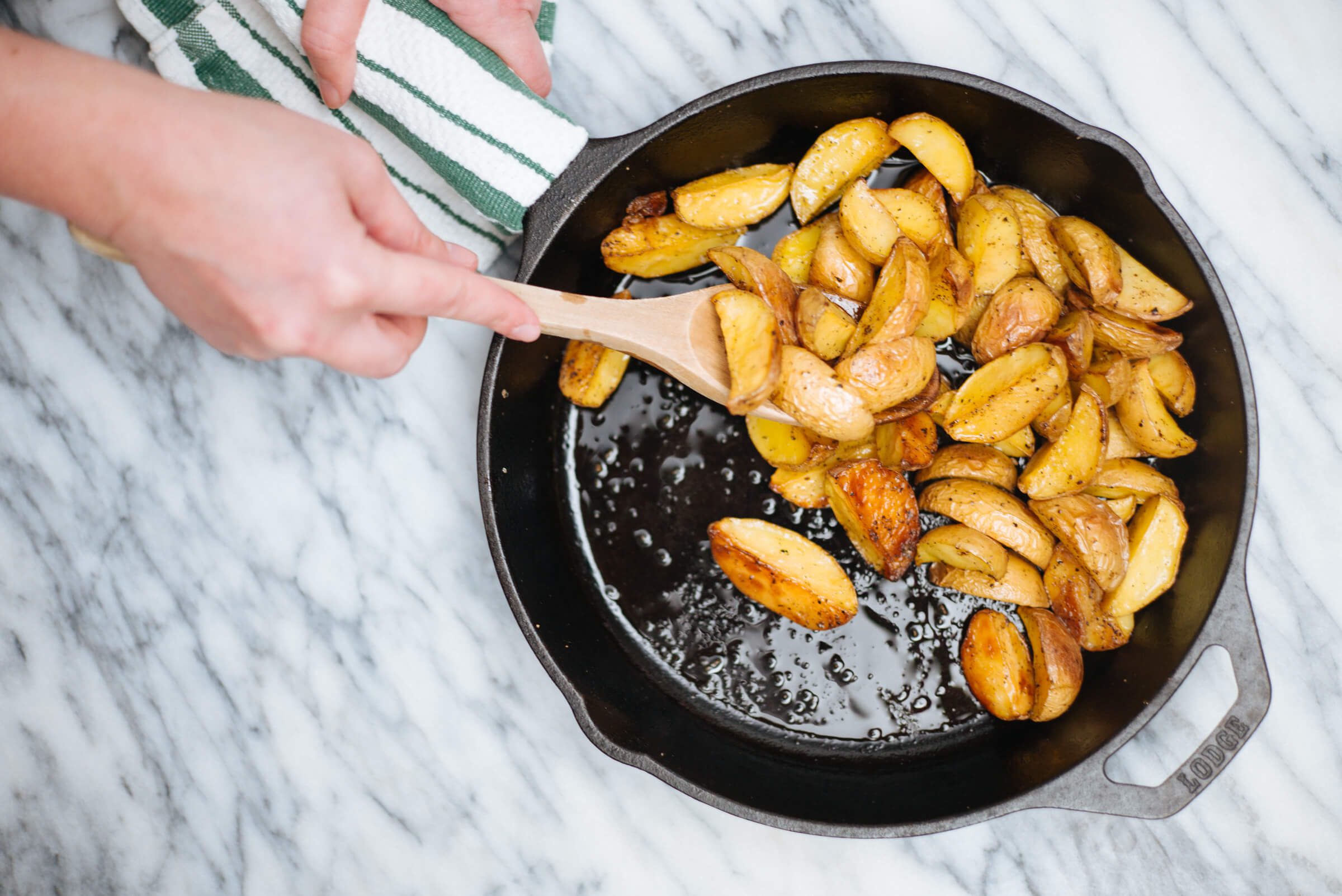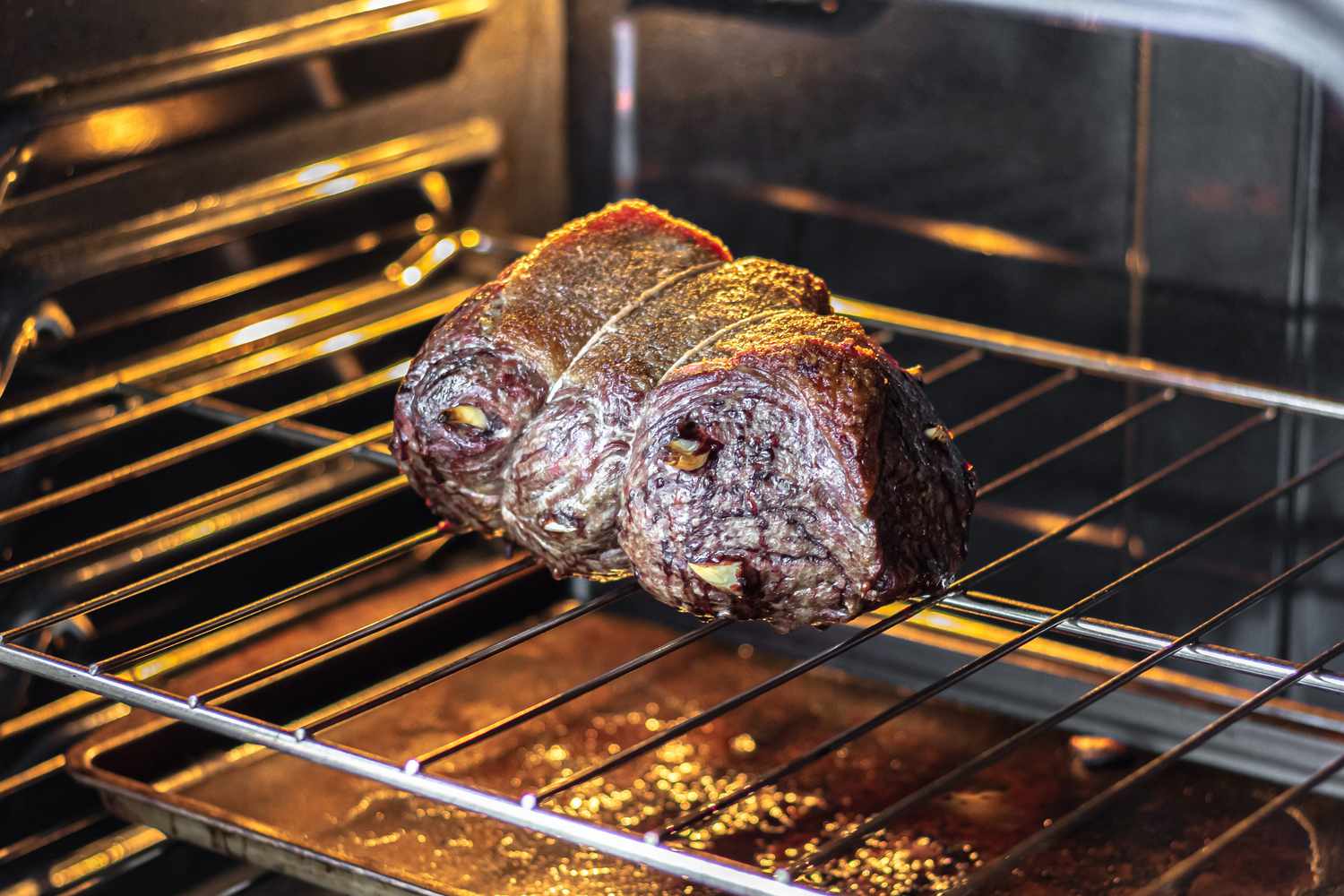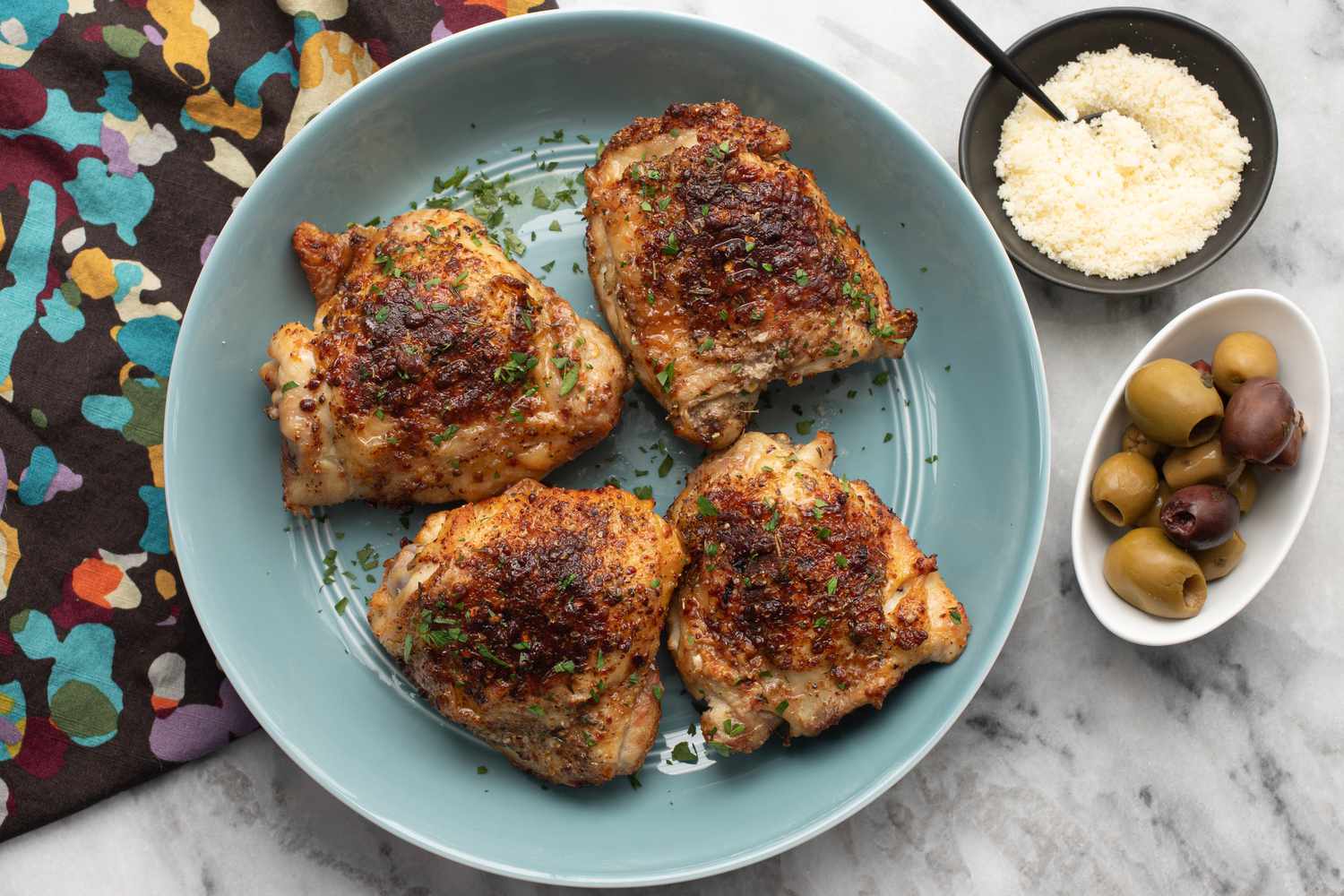Unlock the Secrets of Traditional Italian Cuisine
Buon giorno, fellow food enthusiasts! If you’re craving a taste of Italy right in your own kitchen, you’ve come to the right place. Italian cuisine is renowned for its simplicity, fresh flavors, and comforting dishes. In this blog post, we will guide you on a culinary journey, sharing some foolproof tips and tricks on how to cook authentic Italian foods.
Start with the Essentials
Before we dive into the delicious recipes, let’s talk about the must-have ingredients for cooking Italian cuisine:
- Pasta: Opt for high-quality dried pasta, such as spaghetti, penne, or fusilli. Italians believe that the pasta choice should complement the sauce perfectly.
- Olive Oil: Extra virgin olive oil is the backbone of Italian cooking. It adds a distinctive flavor to dishes and enhances the natural taste of ingredients.
- Tomatoes: Whether canned or fresh, tomatoes are a staple in Italian cuisine. San Marzano tomatoes are highly recommended for their rich, sweet taste.
- Cheeses: Parmigiano-Reggiano, mozzarella, and pecorino are just a few of the cheeses that add a burst of flavor to Italian dishes.
- Herbs and Spices: Basil, oregano, thyme, rosemary, and garlic are commonly used to elevate the taste of Italian foods.
Master Classic Italian Recipes
Now that we have our essentials ready, let’s explore some classic Italian recipes that will transport you straight to the picturesque streets of Rome or the charming coastal towns of Amalfi:
- Spaghetti Aglio e Olio: This simple yet sublime dish features spaghetti tossed in olive oil, garlic, and chili flakes. Top it off with a sprinkle of parmesan for an authentic taste.
- Caprese Salad: Celebrate the flavors of summer with this refreshing salad. Layer juicy tomatoes, fresh mozzarella, and basil leaves. Drizzle with olive oil and a pinch of salt for a taste bud explosion.
- Chicken Parmigiana: Lightly breaded chicken cutlets smothered in tomato sauce and melted mozzarella cheese. Bake until golden and serve with a side of spaghetti for a hearty Italian-American favorite.
- Tiramisu: Indulge in this classic Italian dessert made with ladyfingers soaked in espresso and layered with a rich mascarpone cream. Dust with cocoa powder for an extra touch of elegance.
Tips for Authentic Italian Cooking
To truly embrace the art of Italian cooking, keep these tips in mind:
- Simplicity is Key: Italian cuisine relies on quality ingredients and minimal fuss. Let the flavors speak for themselves.
- Fresh is Best: Whenever possible, opt for fresh ingredients. This ensures that you capture the vibrant flavors of authentic Italian dishes.
- Don’t Overcook Pasta: Italians prefer their pasta al dente, which means it should have a slight bite. Cook according to package instructions and taste for doneness before draining.
- Balance Flavors: Italian cuisine seeks a delicate balance of sweet, sour, salty, and bitter flavors. Adjust seasonings accordingly to achieve harmony.
- Embrace Regional Specialties: Italy is a diverse country with each region boasting its own culinary delights. Explore the cuisine of different regions to experience the true taste of Italy.
With these tips and recipes up your sleeve, you’re now equipped to impress your friends and family with a tantalizing Italian feast. So, roll up your sleeves, don your apron, and let the aromas of Italy fill your kitchen!
Remember, cooking Italian foods is not just about preparing a meal; it’s about channeling the Italian passion for life, love, and good food. Buon appetito!
Was this page helpful?
Read Next: How To Cook A Lobster Tail In An Air Fryer

